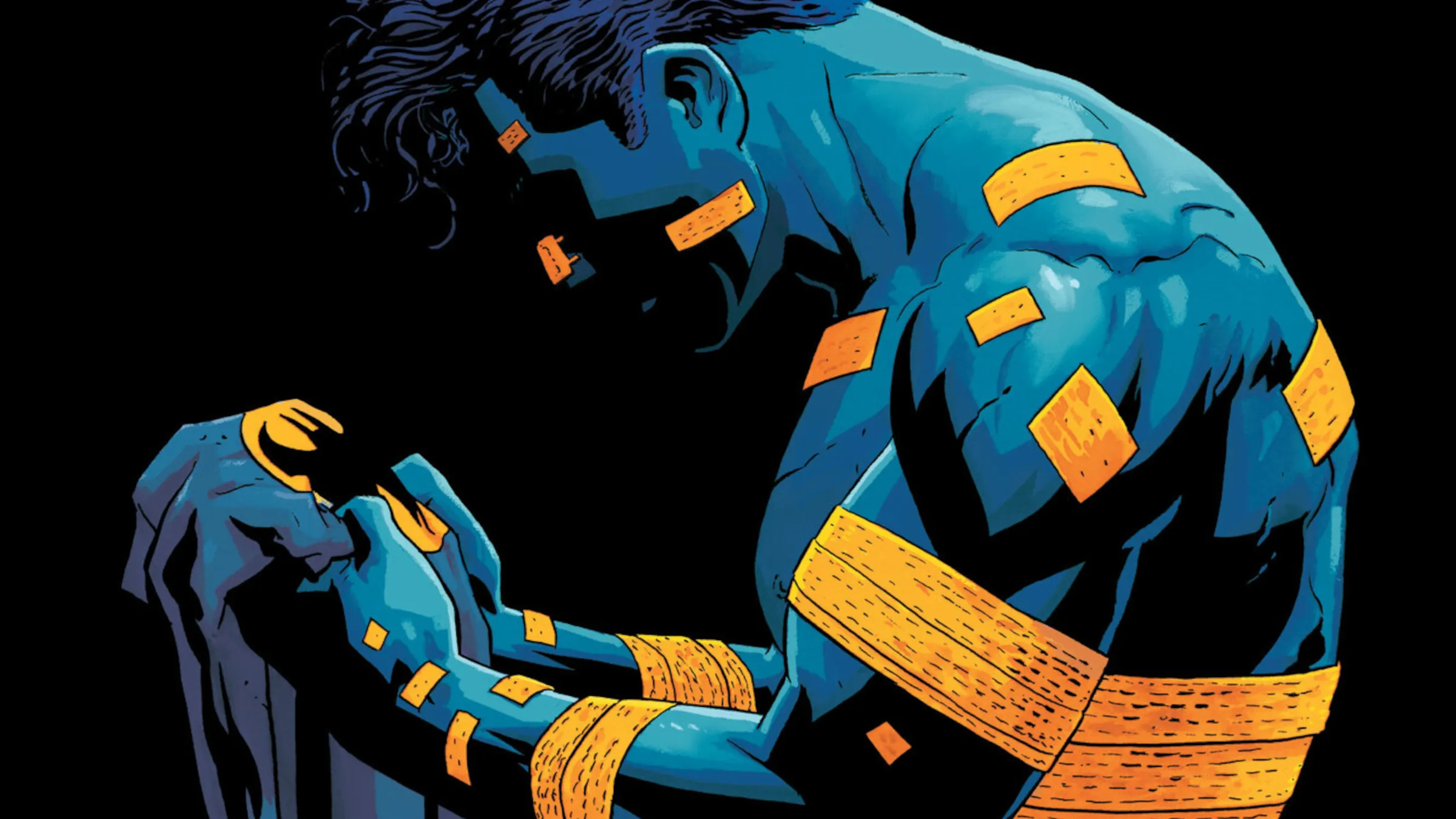
The twelve-issue comic series, Batman: Dark Patterns, takes place during Bruce Wayne’s third year as Batman and features self-contained, three-issue mysteries. It’s been highly praised for its compelling depiction of both Batman and Gotham City. Unlike many modern Batman stories that prioritize action over detective work, this series meticulously showcases Batman’s investigative skills within a vividly realized Gotham, capturing the dark and gritty atmosphere that defines the city and its inhabitants. The series finale particularly highlights a frequently overlooked strength of Batman: the intriguing blend of the mystical and the realistic.
Batman is a fascinating character because he exists in a strange space. He’s known for dressing as a bat and having incredible abilities to fight crime, yet he’s often portrayed as a very serious and realistic hero. While many movies and shows emphasize his grounded nature, he’s just as capable of being over-the-top as any superhero. But it’s misleading to think of him as only serious or only outlandish. Batman truly shines when both aspects of his personality are embraced, and the comic Dark Patterns #12 did a great job of balancing them.
The Symbol Chosen by Gotham

The final storyline of Dark Patterns, titled “The Children of Fire,” centered around Nicky Harris, a reporter who became obsessed with fire, kidnapping Dr. Sereika, a forensic scientist and important ally to Batman. Harris believed Gotham City had been shaped by different fires throughout its history and was on the verge of a major change, influenced by Batman. He saw Dr. Sereika as representing science and practicality, while he himself embodied the growing mythology and legend surrounding Batman. Harris trapped both Sereika and Batman inside a building he set on fire, intending to let the blaze determine whether Gotham would be defined by science or become a city of myth.
Batman broke into the building and rescued Sereika, but Harris escaped. Sereika warned Batman that Harris had hidden firebombs throughout the city, intending to cause a massive fire. Batman quickly worked to disarm the bombs, but things became unusual afterward. He later said he barely remembered the events, due to a combination of adrenaline, fever, and smoke inhalation. Witnesses in Gotham, however, reported that after Batman disabled the final bomb, the flames nearly engulfed him. He turned to face the fire and simply raised his hand, and the fire inexplicably stopped and began to fade, as if it wouldn’t harm him.
Batman, Sereika, and Gordon discussed the strange, almost lifelike behavior of fire. Batman, however, dismissed any mystical explanations and returned to his duty of protecting Gotham. The story concluded with Batman observing that a restless energy always existed within the city – a force for change. He vowed to remain vigilant, safeguarding Gotham even as it transformed.
Chosen By Fire, Or Randomly Saved?

The film leaves it unclear whether Batman survived the fire by chance, or because the fire mysteriously stopped just short of him – and that ambiguity is what makes the ending so powerful. True to form, Batman insists there must be a logical explanation, refusing to accept anything supernatural. He’s a character driven by order and understanding, always seeking to make sense of the chaos around him. As a detective, he needs things to have explanations, and a fire with a will of its own simply doesn’t fit into his worldview.
Ultimately, Batman is a human being, albeit one with incredible abilities. As stories like Dark Patterns demonstrate, he’s still subject to realistic limitations. The problem is, the world he inhabits isn’t. His villains constantly defy logic and the laws of nature, forcing Batman to try and make sense of the impossible. This creates a core conflict – Batman is a down-to-earth character in a world that seems realistic, but is actually wildly fantastical. This tension is what makes some of the best Batman stories, like “Gotham Nocturne” and Grant Morrison’s famous run, so compelling.
Superman succeeds because he inspires belief in the impossible – that a person can actually fly. Batman succeeds by offering a logical explanation for flight, making it understandable even when it shouldn’t be possible. Batman is a blend of myth and human limitation, and his most compelling stories emerge when they balance those two aspects.
Batman: Dark Patterns #12 is on sale now!
What do you think? Leave a comment below and join the conversation now in the ComicBook Forum!
Read More
- Gold Rate Forecast
- How To Watch Under The Bridge And Stream Every Episode Of This Shocking True Crime Series Free From Anywhere
- Breaking Down How Much the Dallas Cowboys Players Make vs Cheerleaders
- The 10 Most Spine-Chilling Spider-Man Villains
- Brent Oil Forecast
- BTC PREDICTION. BTC cryptocurrency
- The Longest-Running Anime Crime Drama Is Finally Coming to the U.S. After Almost 30 Years
- Silver Rate Forecast
- Why an American Alice in Borderland Spinoff Makes Sense
- Alien’s Most Divisive Movie Finally Gets a Sequel Update After 8 Years
2025-11-15 19:16